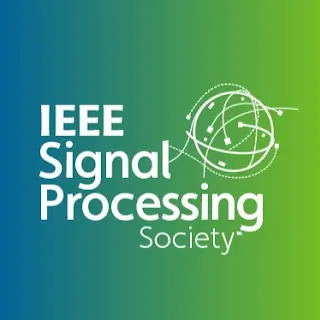Affine Transformation-Based Deep Frame Prediction
We propose a neural network model to estimate the current frame from two reference frames, using affine transformation and adaptive spatially-varying filters. The estimated affine transformation allows for using shorter filters compared to existing approaches for deep frame prediction. The predicted frame is used as a reference for coding the current frame.
